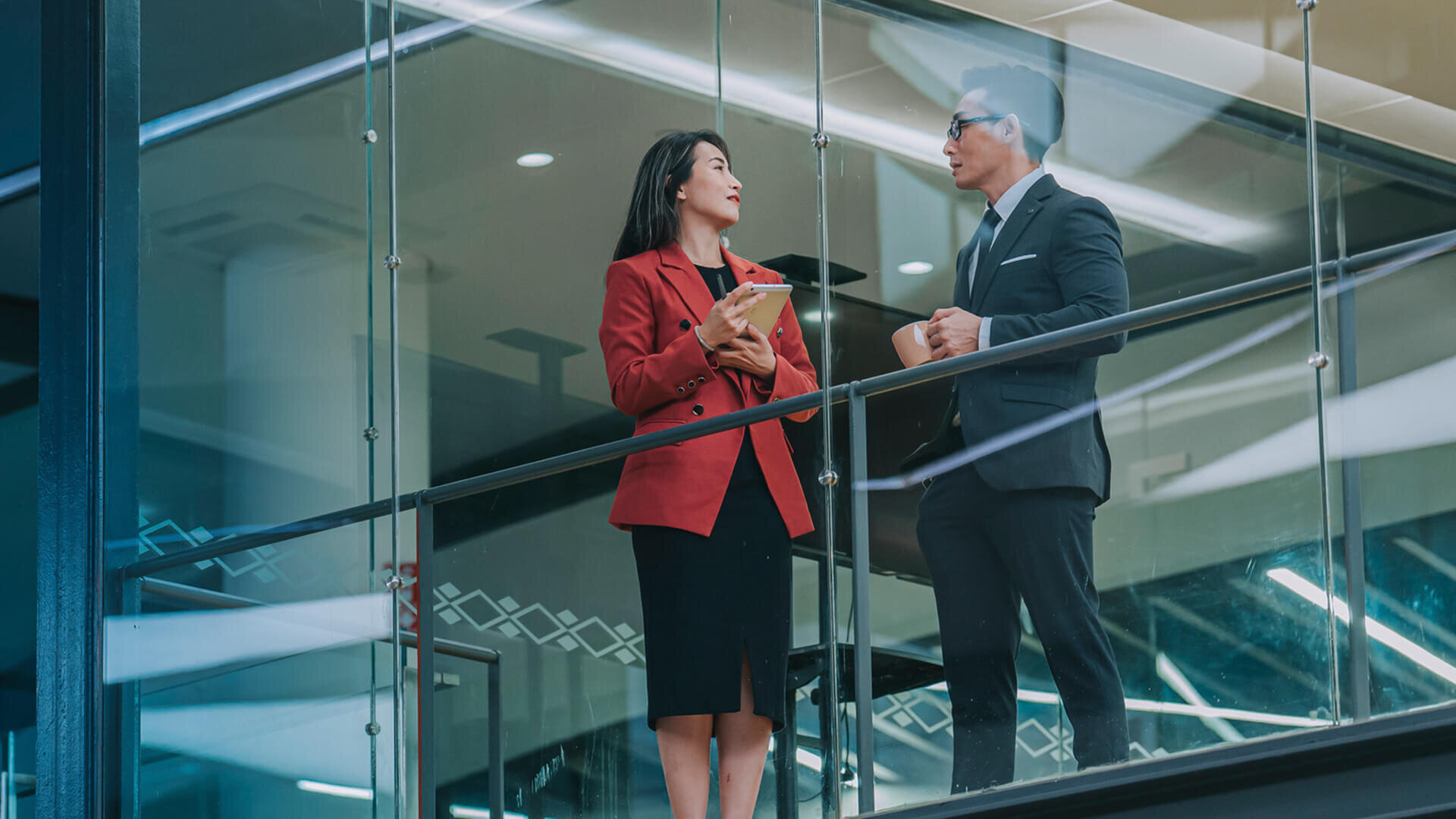
Learning How to Protect Your Intellectual Property in an Evolving Landscape

These are changing times. The way we work, study, and conduct business have all transformed, and will continue to evolve. Yet, intellectual property (IP) protection remains indispensable to any thriving business. How then should businesses approach IP in an ever-evolving landscape?
Must IP rules change every time the landscape evolves? Some may instinctively say yes. But the fact is that major legislative changes in IP do not happen very often, for the simple reason that there is no real need to change when the rules can still be adequately interpreted for a novel case. For example, the present legislative factors indicating a fair use of a copyrighted work are in Singapore’s copyright statutes as early as 2006, even though how we use copyrighted works have since changed much.
So, while the rules themselves are not easily outdated, the challenge that businesses are facing in an evolving landscape remains. This is where continuous learning and keeping up with recent developments on how various types of IP protection has been applied can be beneficial – examples below.
Trade marks: How online brands are protected
Trade mark rights are usually "tied" to certain goods and services of the rights owner. But as the economy evolves and new goods and services pop up, protecting these new brands can get complicated.
For example, in 2022, Nike filed a suit in the U.S. against StockX's minting of non-fungible tokens (NFTs) that distributed images of Nike's trade mark sneakers, which Nike saw as an unauthorised exploitation of their brand. StockX disagreed and countered that the NFTs were not products but information, specifically, digital tokens which tracked ownership of genuine Nike sneakers.
Are StockX's NFTs merely information (digital tokens), or some new products that are branded with Nike’s trade marks without Nike’s approval? While this is not a local case and the jury is still out at the time of this write-up, this case is a timely reminder for businesses which have sidelined their IP to actively manage their IP, including getting trained on how to do the same.
Copyright: How freely accessible materials are protected against “reuse”
In Singapore, you are not required to register a work for copyright protection, be it a computer program, an engineering drawing, a novel, or even a sculpture.
Copyright is, therefore, relatively pervasive. Equally pervasive may be the “reuse” of someone else’s existing works for creating new works. But would such “reuse" infringe copyright and attract liabilities?
Not too long ago, the U.S. Supreme Court decided in favour of Google in a high-profile case where Google had reused the Java application programming interface (API) – an open-source software that is freely accessible on the Internet – by copying more than 10,000 lines of Java codes into Google’s own Android Operating System.
It may be tempting to think that since such extensive blatant “reuse" was in fact permissible, copying at a much smaller scale (for personal use, for example) must also be permissible. This is, alas, a misunderstanding for at least the following reasons. IP laws differ from country to country and court decisions outside Singapore, however authoritative they appear, may not in fact be followed by the courts in Singapore. Further, there is no principle which outrightly permits “reuse” on the basis that the scale of copying is small. Instead, copyright law in Singapore asks whether the copying is fair, by considering a handful of prescribed factors, on a case-by-case basis. However, learning from Google’s “reuse” experience, along with other past cases, may help guide your business in navigating through similar issues.
Patents and Registered Designs: How to distinguish them for IP protection
Both patents and registered designs are industrial property rights, but compared to a registered design a Singapore patent can cost you much more to obtain, even up to tens of thousands where hefty professional fees have been incurred. So why still choose patents at all?
One answer is that what these industrial property rights protect are different and distinct. Patents protect functional features and not aesthetics, while registered designs protect only aesthetics.
Take a new fire-resistant door that was designed in the Metaverse. If what has improved in the design is largely functional, patenting should be considered. But is a registered design also relevant here? This question may be more challenging to answer than it appears – because, while a registered design protects aesthetic product features that are new, what exactly is the product – is it a virtual (Metaverse) 3D-depiction of a door or an actual functioning door?
The increasing use of artificial intelligence (AI) has also created new IP issues. For example, what if the design of the earlier door involves the use of AI – how would the extent of AI involvement affect decisions of IP protection?
There may be no straightforward answers now, but continuous learning is an important step for equipping your business with the right IP skills to effectively navigate the evolving path ahead.
Discover how you can start protecting and using your intangible assets and IP to grow your business with our Academy programmes and courses today!



Book a complimentary chat with us to learn how you can leverage on your IP. test
Book IA Chat Session